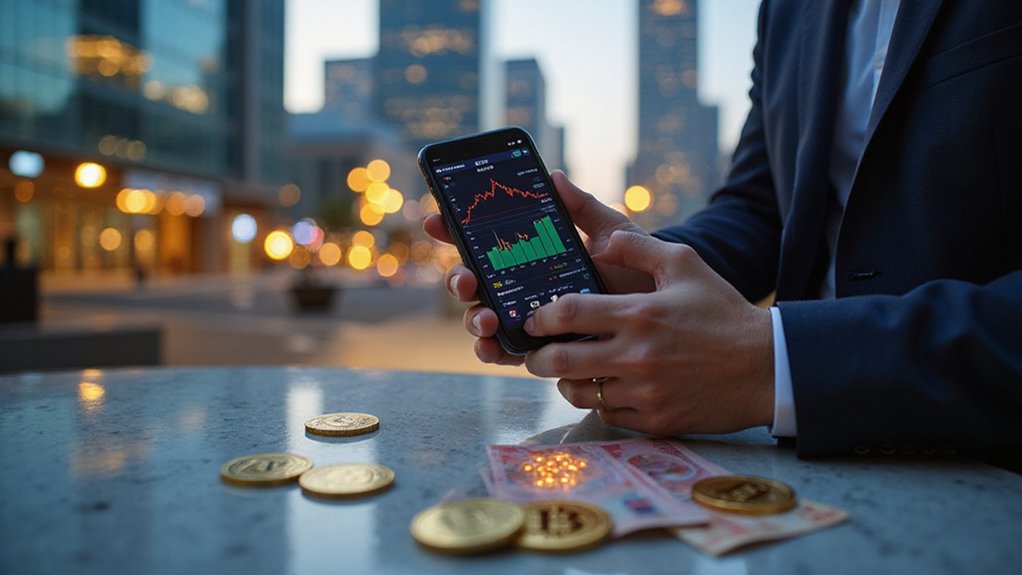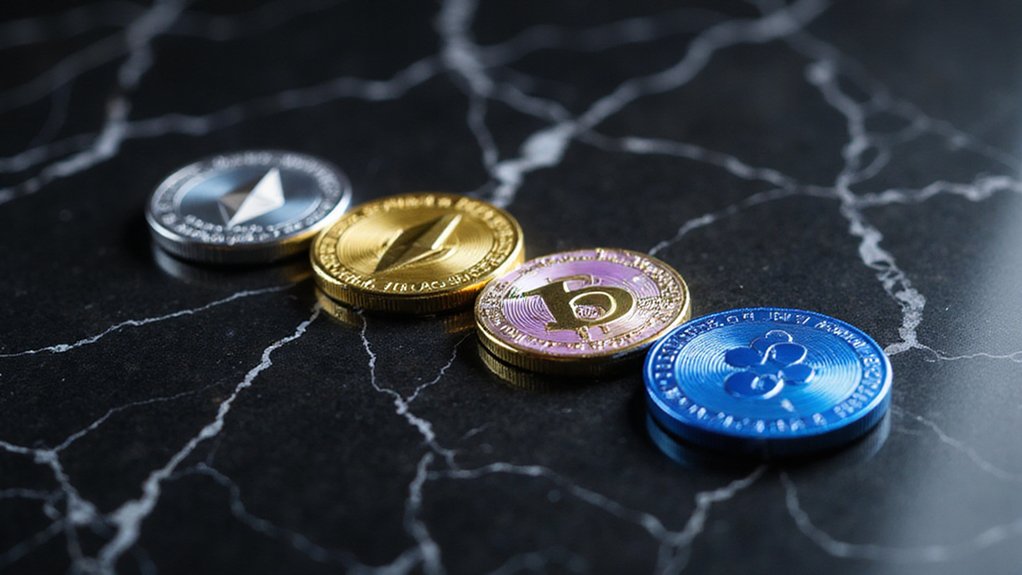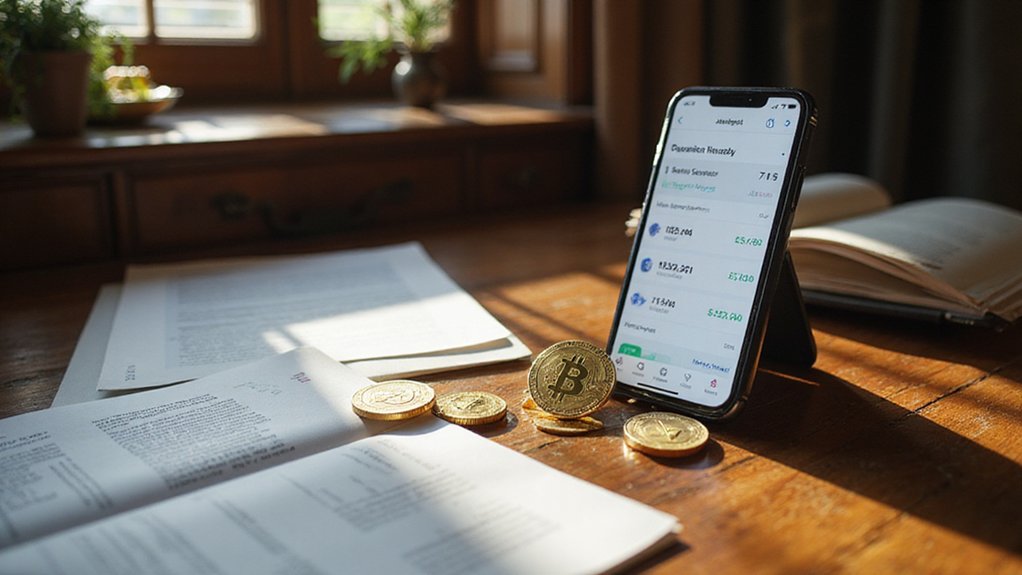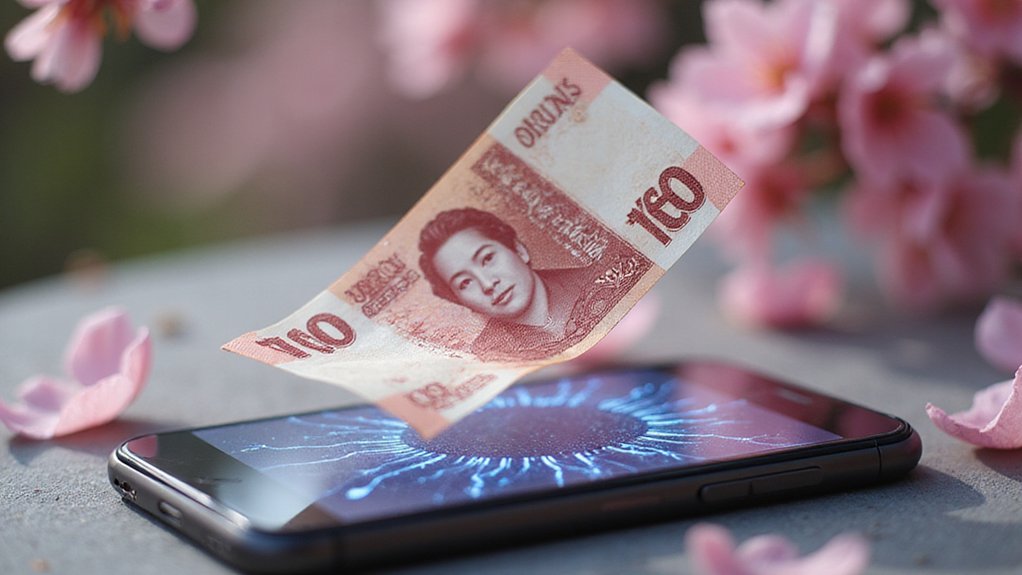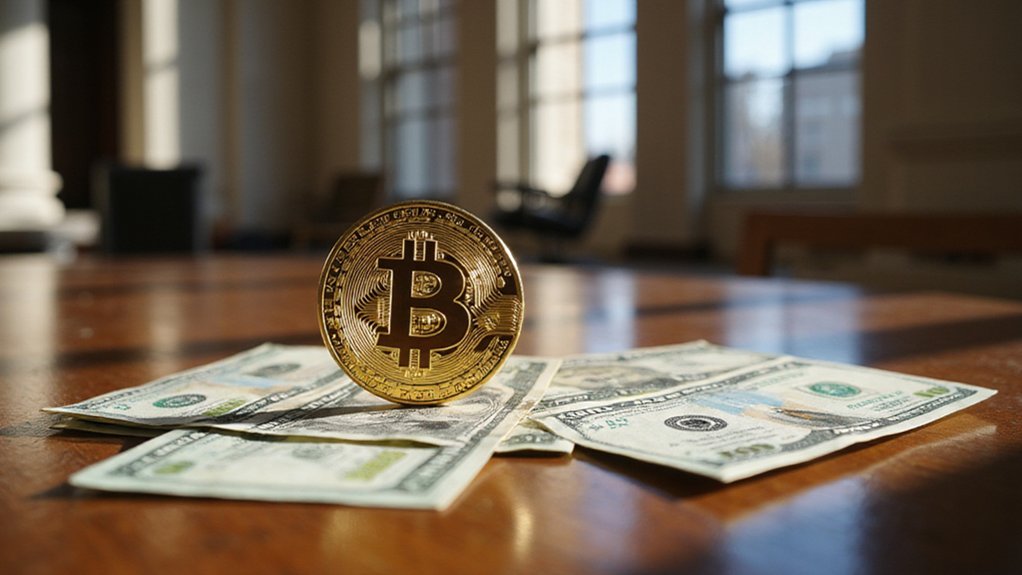Four of South Korea’s largest banks—Shinhan, Woori, KEB Hana, and KB Kookmin—have undertaken what can only be described as a thorough crypto embrace, establishing dedicated digital asset teams and filing dozens of trademark applications for won-pegged stablecoins with the enthusiasm typically reserved for K-pop merchandising.
This institutional pivot represents a remarkable reversal from the sector’s previous crypto skepticism, driven largely by anticipated regulatory reforms under President Lee Jae-myung‘s pro-crypto administration. The banks, having apparently decided that if you can’t beat digital assets you might as well custody them, are positioning themselves ahead of expected legislative clarity that would formally permit stablecoin issuance and digital asset services.
Woori Bank has established a Digital Asset Team within its New Business Alliance Platform Department, focusing on crypto custody research and stablecoin development—because apparently traditional banking wasn’t complex enough.
Meanwhile, KB Kookmin Bank created a Digital Asset Response Council spanning its credit card, insurance, and securities affiliates, suggesting the kind of extensive strategic coordination typically seen during actual emergencies.
KB Kookmin’s Digital Asset Response Council mobilizes across subsidiaries with the urgency of a financial crisis response team.
Not to be outdone, Shinhan Bank assembled a 20-member crypto task force developing custody, wallet, and token services, while KB Kookmin filed for an impressive 81 cryptocurrency-related trademarks.
The timing coincides strategically with the Virtual Asset User Protection Act‘s July 2024 implementation, which establishes clearer legal frameworks for crypto operations while imposing stricter anti-money laundering and customer protection standards.
Banks are simultaneously reviving crypto projects shelved during the previous administration’s less accommodating regulatory environment. The current market enthusiasm is reflected in retail adoption, with 27% of South Koreans aged 20-50 already holding cryptocurrency. Given the volatility concerns surrounding digital assets, these institutions are likely implementing multilayered defense architecture to ensure the security of their emerging crypto operations.
This institutional mobilization reflects growing retail and institutional demand for crypto services, with banks seeking to expand beyond traditional fiat operations into digital asset custody, trading platforms, and blockchain research partnerships.
The sector’s collective entry strategy includes forming consortiums with blockchain startups and reviewing partnerships with domestic and international crypto exchanges.
Legislative bills under review propose allowing banks to operate digital exchanges alongside custody and stablecoin services, suggesting South Korea’s banking sector may soon offer extensive crypto infrastructure.
This regulatory evolution, combined with institutional commitment, positions South Korean banks to meaningfully accelerate mainstream cryptocurrency adoption—assuming, of course, that stablecoins prove more stable than their nomenclature suggests.
